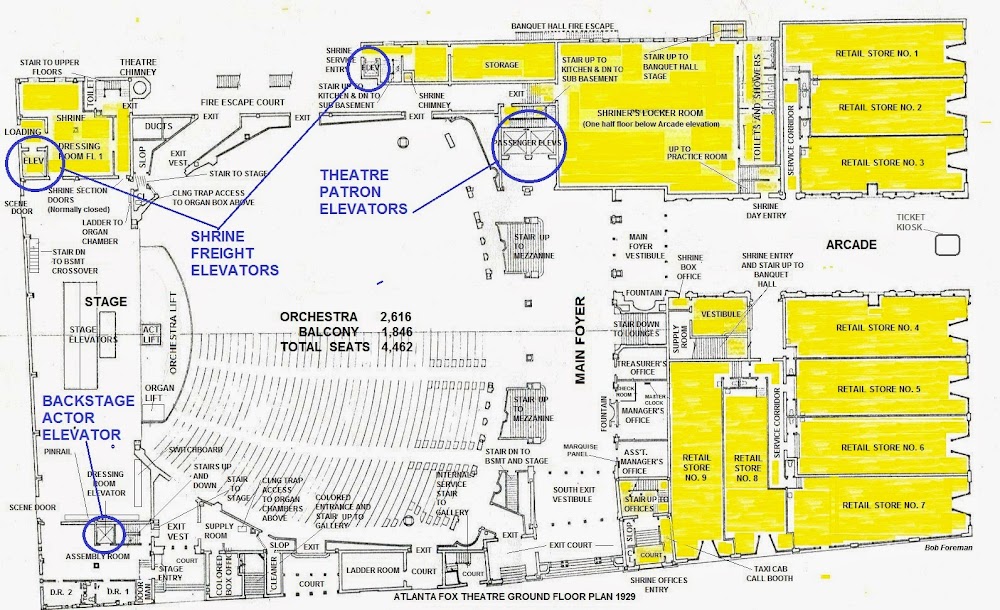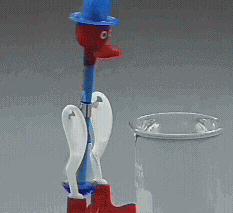annapotamus
Member
Hi. I'm a children's writer working on a YA novel set in Leningrad in 1938. One of the characters works on lighting in a large theatre for a while, and I'm trying to research how it would be.
I know a lot about the period, and I'm reading up about theatre of the time, but it's hard to come by specific references to lighting. I'd like to get a handle on the number and roles of people in the lighting team, what lights would be where and other basic information. I'm not going to stuff the story with technical information but I'd like to be able to insert a bit of detail without making howlers. Info about the 1930s in other countries, not just Russia, will be useful, as there was obviously an overlap. The key thing is that I want to get things right for the 1930s.
Can anyone recommend somewhere I can read up about this? In language sufficiently untechnical that I'll be able to follow it? Or direct information would of course be great.
Thanks
I know a lot about the period, and I'm reading up about theatre of the time, but it's hard to come by specific references to lighting. I'd like to get a handle on the number and roles of people in the lighting team, what lights would be where and other basic information. I'm not going to stuff the story with technical information but I'd like to be able to insert a bit of detail without making howlers. Info about the 1930s in other countries, not just Russia, will be useful, as there was obviously an overlap. The key thing is that I want to get things right for the 1930s.
Can anyone recommend somewhere I can read up about this? In language sufficiently untechnical that I'll be able to follow it? Or direct information would of course be great.
Thanks




